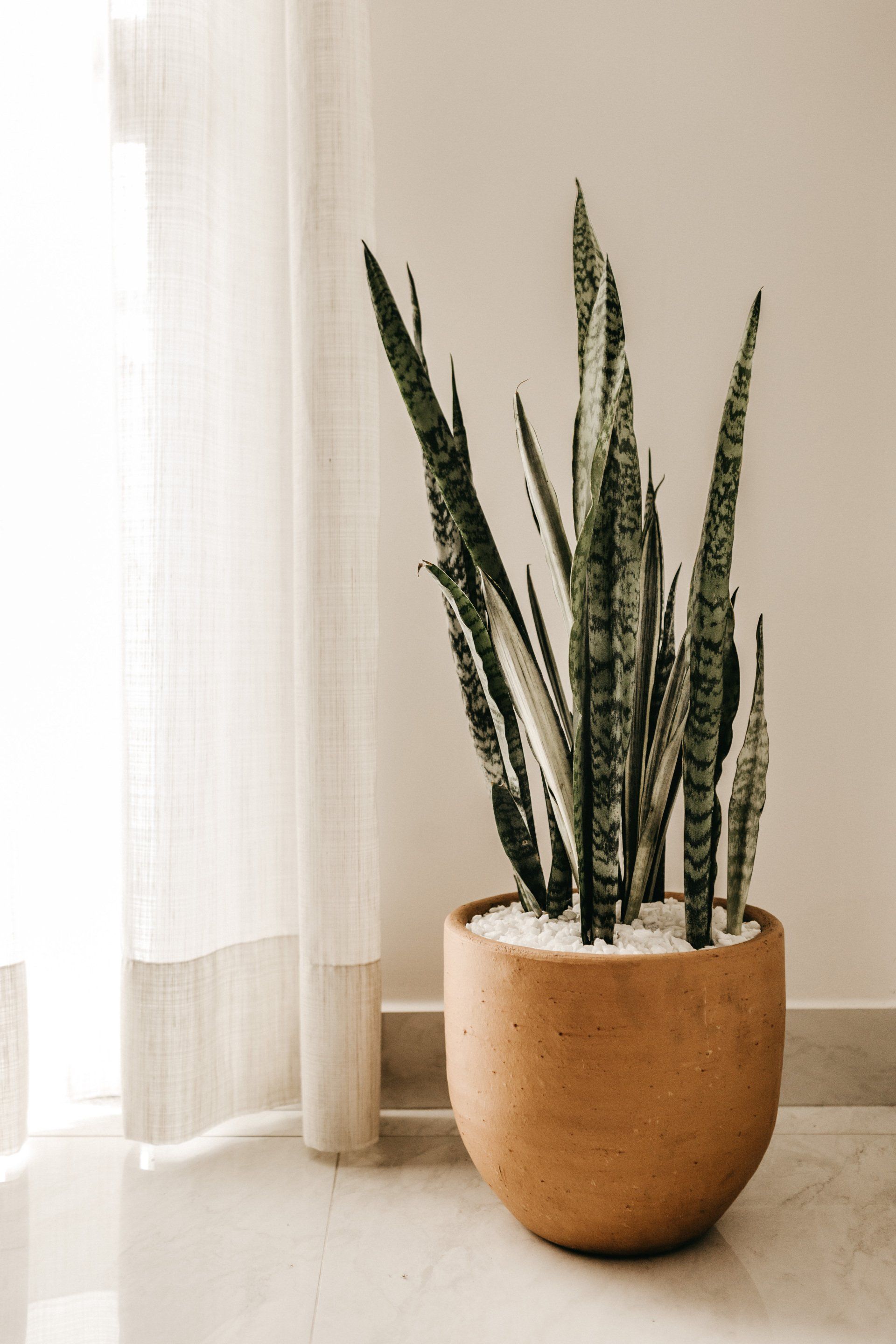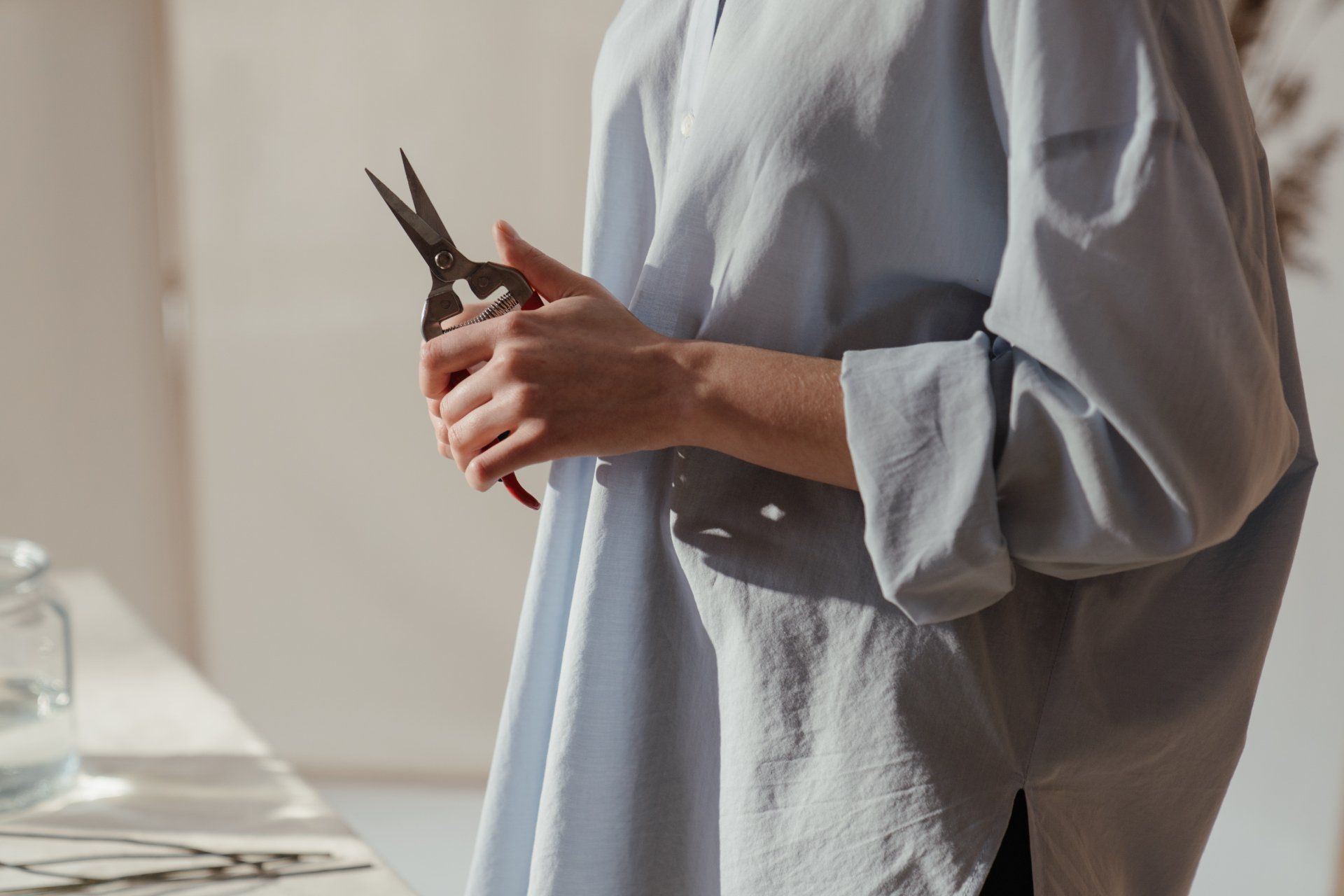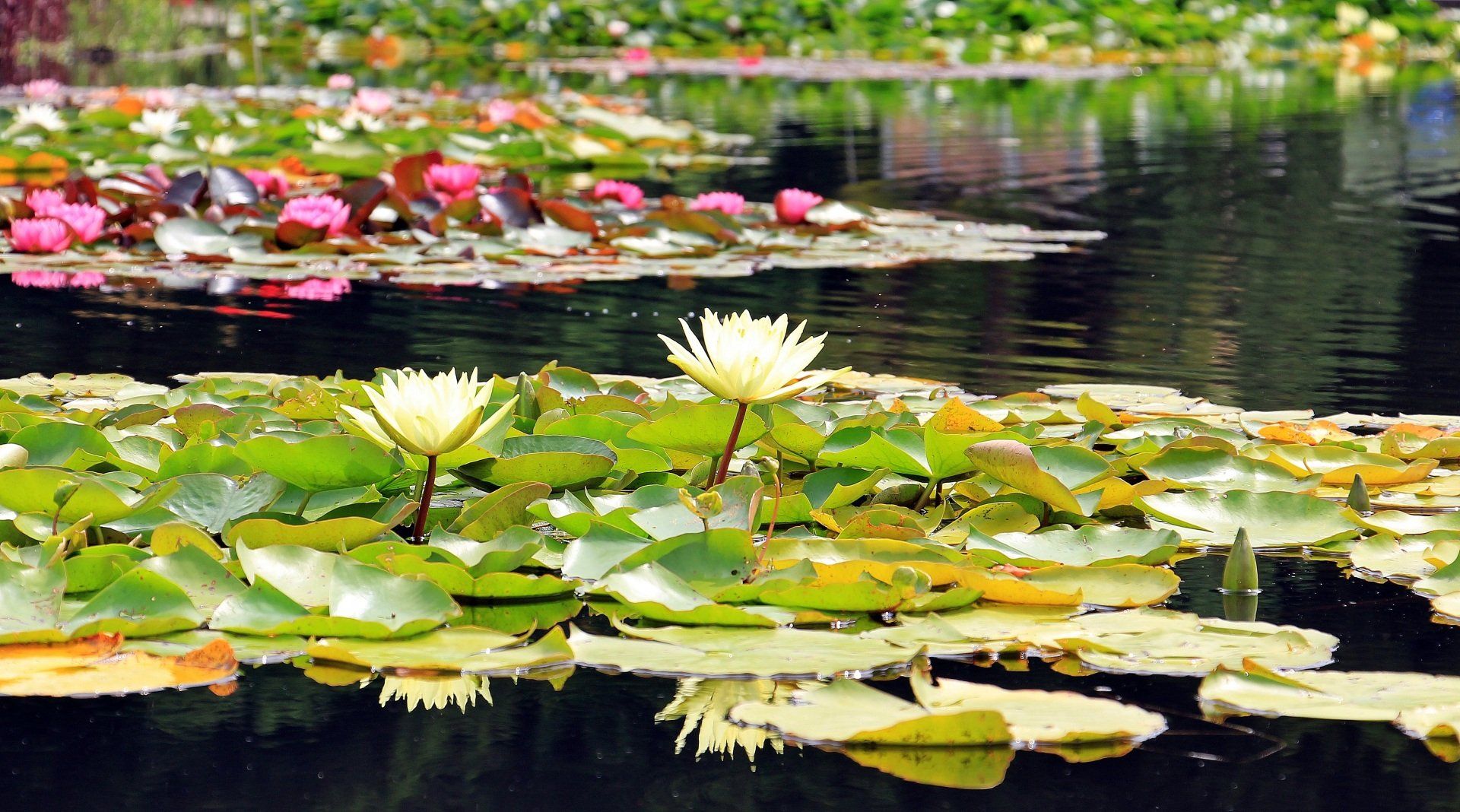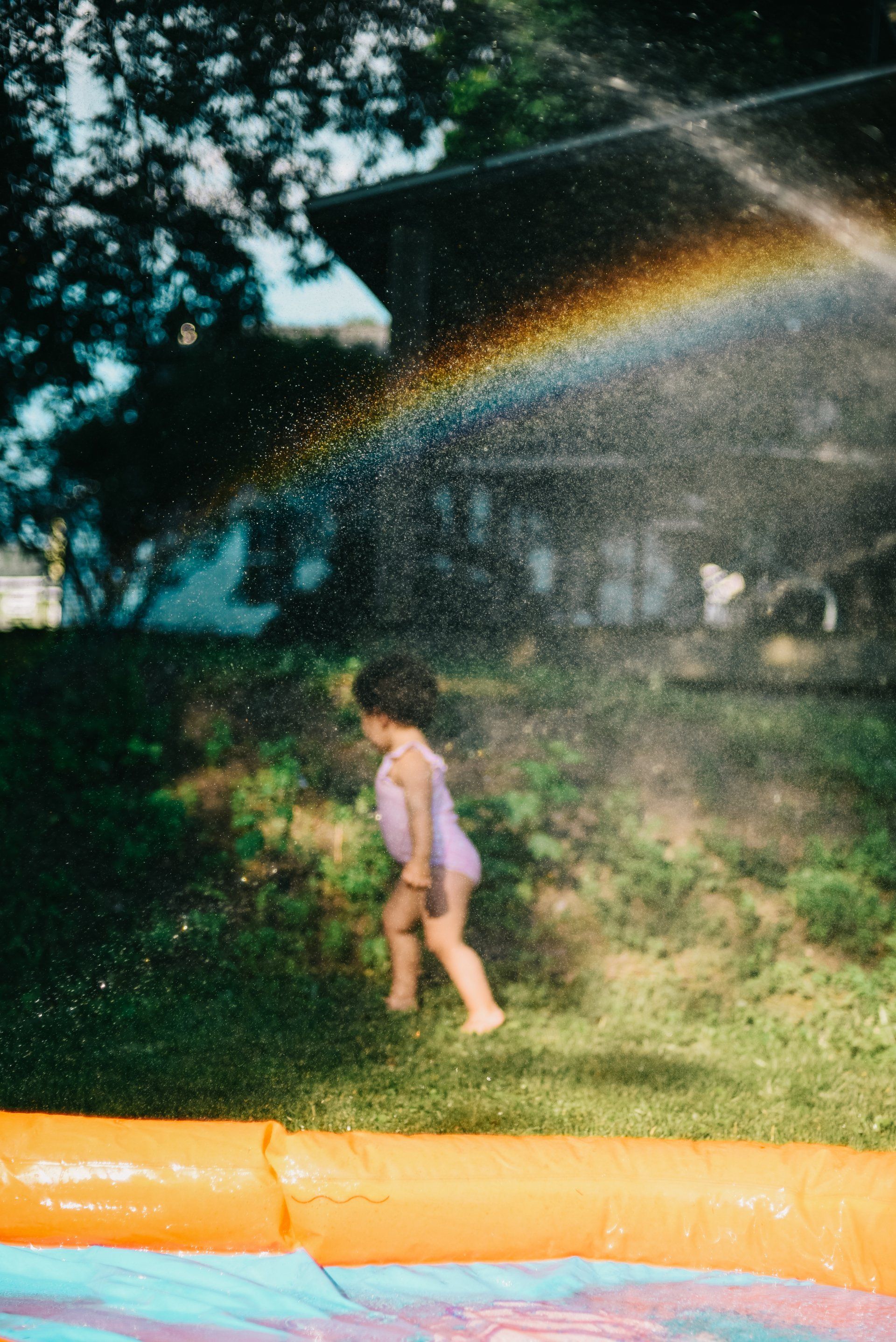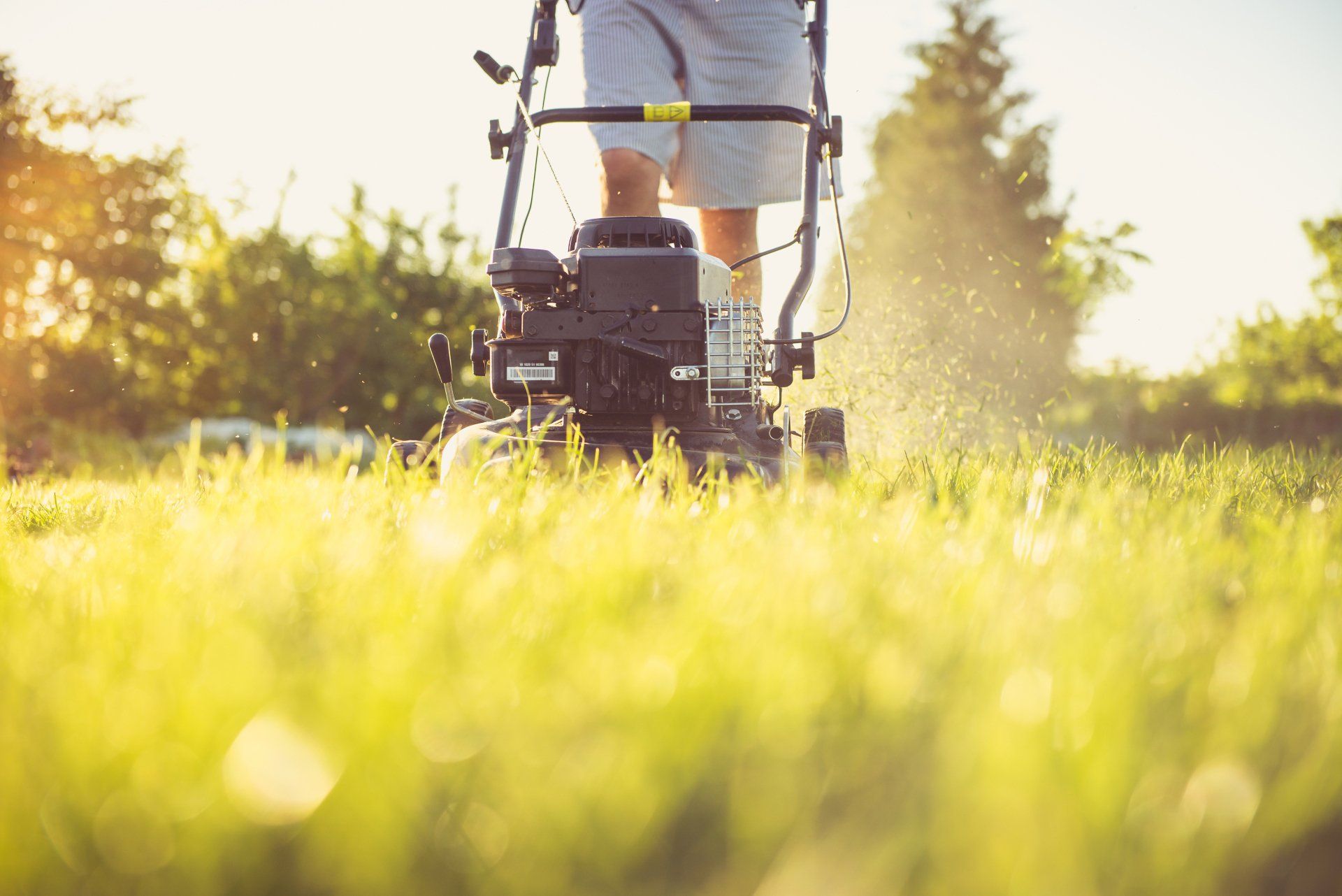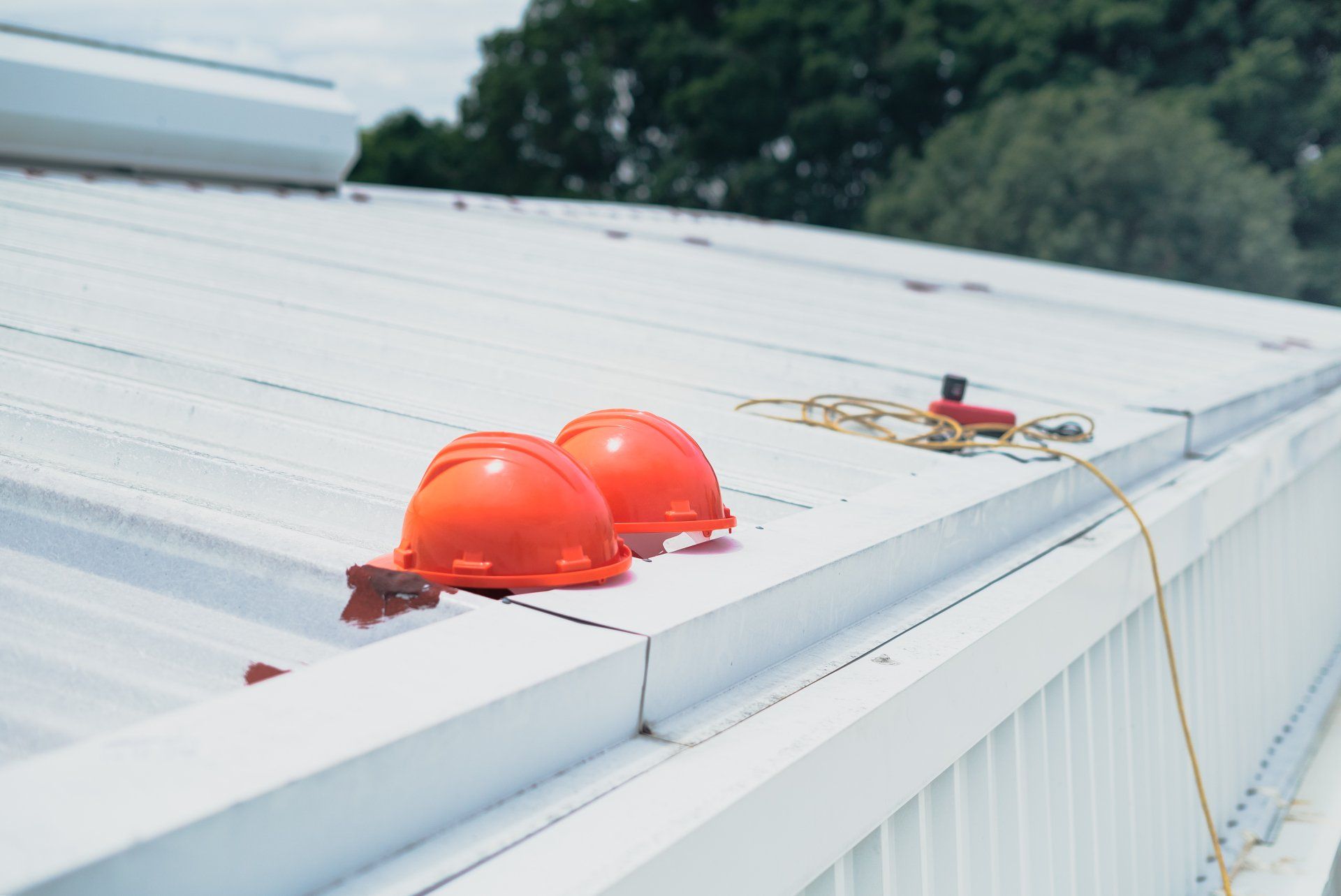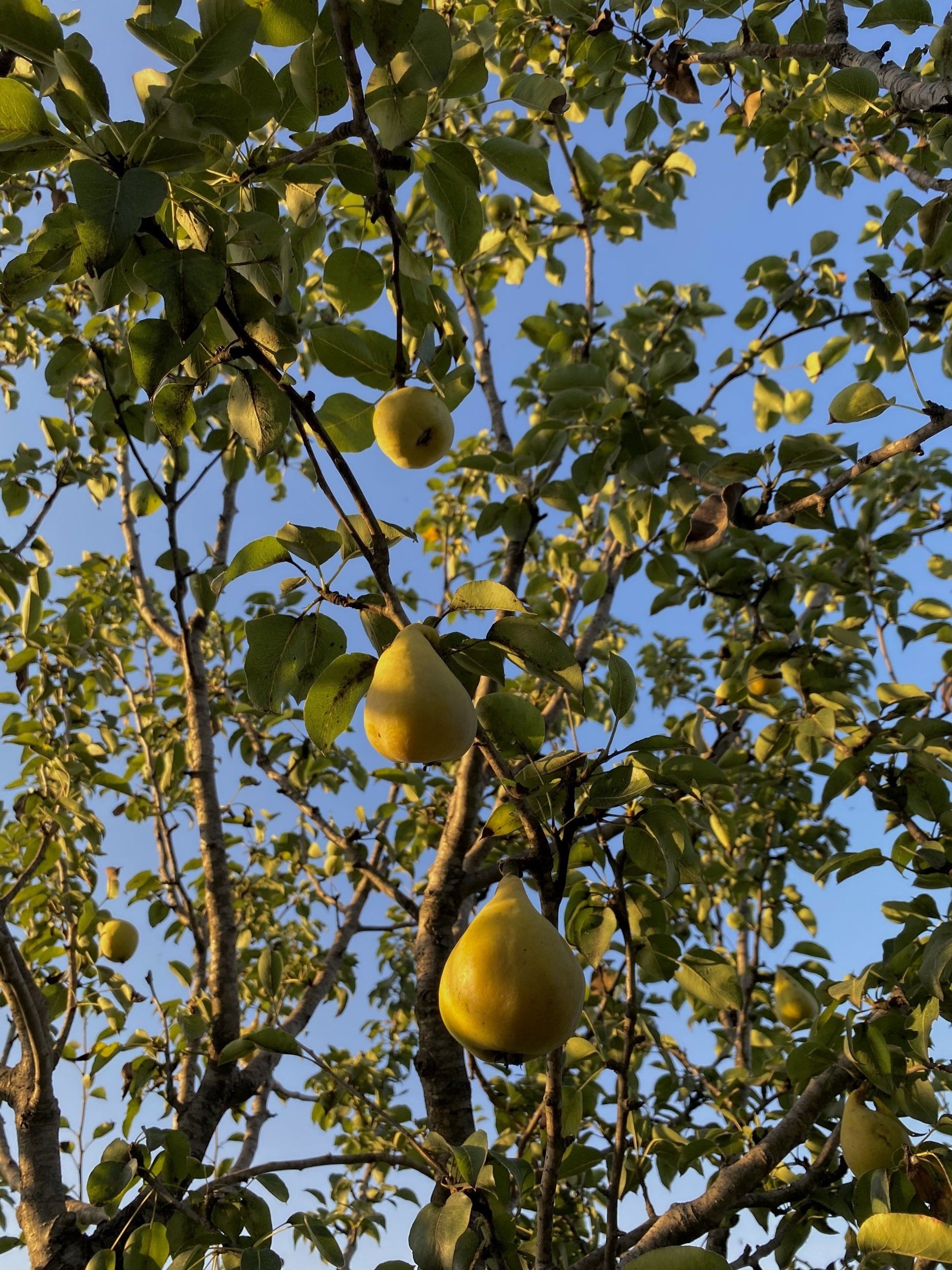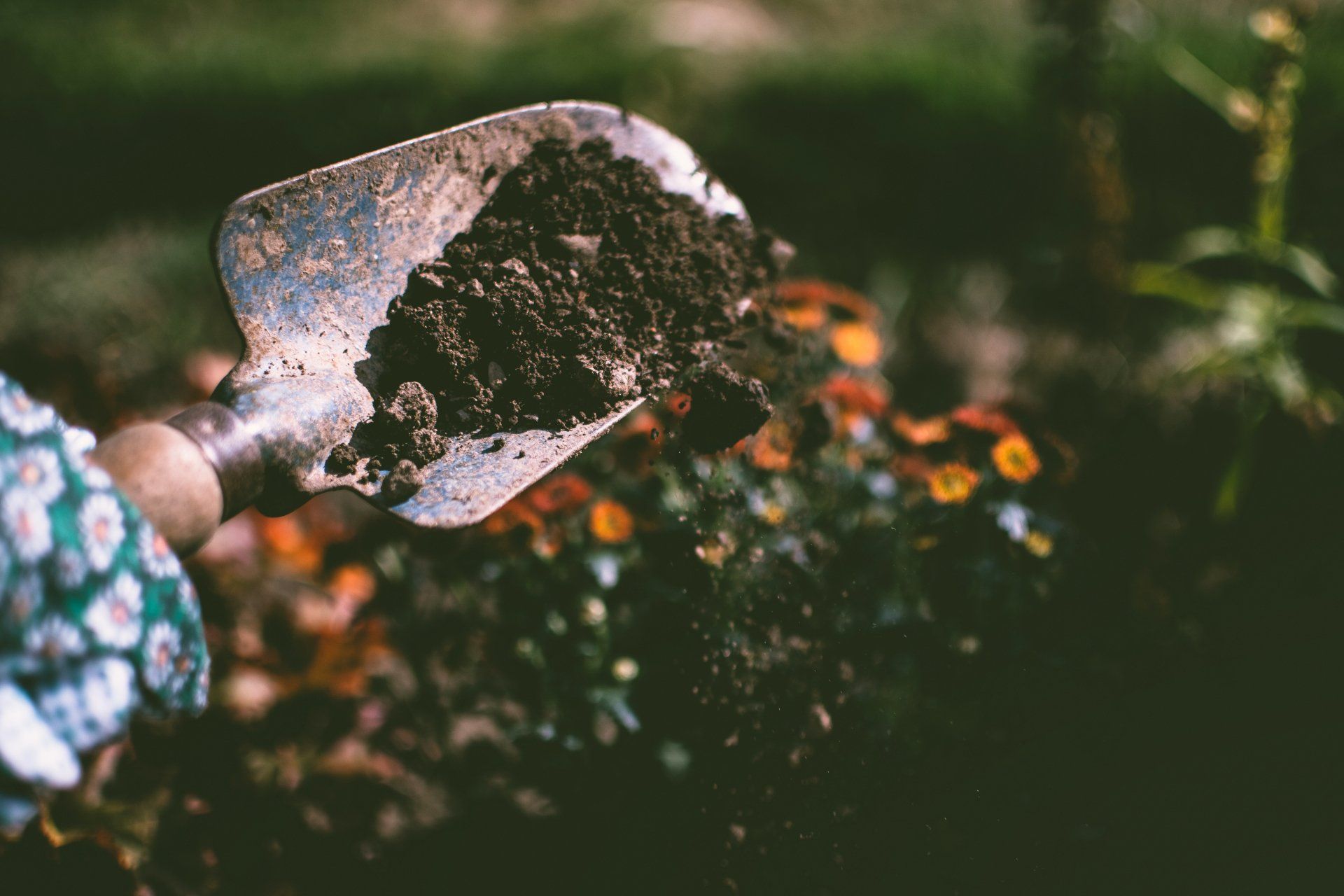Interior Landscaping Benefits
Interior Landscaping Benefits
What is interior landscaping, and how can it help you?
Interior landscaping is the art of arranging plants, water features, or rocks in an indoor setting to create a peaceful and relaxing atmosphere. To make ornamental installations that match a building's layout and color, designers must balance texture, shape, lighting, and color.
Interior Landscapes: Their Function
First, the interior landscapes have an impact on the overall aesthetics of a structure. These landscapes are designed to create natural, peaceful spaces that use color, light, and greenery within a man-made environment. Biophilia hypothesis is a key factor in the desire to bring greenery into our homes.
Indoor landscaping can have many health benefits. The benefits of green spaces include a reduction in stress, improved mood, and increased productivity at work. Many employees spend almost 90% of their workday indoors. This can lead to indoor air pollution that is high in chemicals, mold, and even carbon dioxide. The indoor air quality is improved by interior landscaping, which releases oxygen and filters out harmful pollutants.
Incorporating plants in your building shows support for green initiatives. It also demonstrates your commitment to green building. The shift toward environment-friendly structures built from sustainable materials has been gaining momentum in recent years. Interior landscaping is a way to reduce noise and temperature in open spaces. It also helps to lower energy costs.
Types of Interior Landscaping
You will see interior landscaping in a wide range of commercial applications. These include restaurants and schools, as well as businesses and offices.
There are many ways that plants can be integrated into your home.
The following are some types of interior landscaping.
Green Gardens/Horticulture
These interior gardens may be made up of plants, shrubs, flowers, or herbs. You will find a wide variety of elements in these interior gardens, such as water features, stonework, or seating. When designing an interior garden, it's important that you take into consideration a range of factors like humidity, available lighting, temperature, and how the space will be used.
Living Walls/Vertical Gardens
These green structures are used for space and aesthetic purposes. Although they were initially part of the "green" movement, living walls have become an integral part of modern landscaping and can contribute to buildings' LEED. They can be used to grow vegetables or herbs in the kitchen and include hydroponics, drip irrigation, and climbing plants. Vertical gardens are versatile, customizable, and can be tailored to the specific needs of your home or to your personal preferences.
Waterscaping
Water features are a popular choice for both residential and commercial properties. These features can be combined with other elements of interior landscaping or added to buildings as an aesthetic addition. Water features can be anything from pools and waterfalls to man-made streams and fish ponds.
